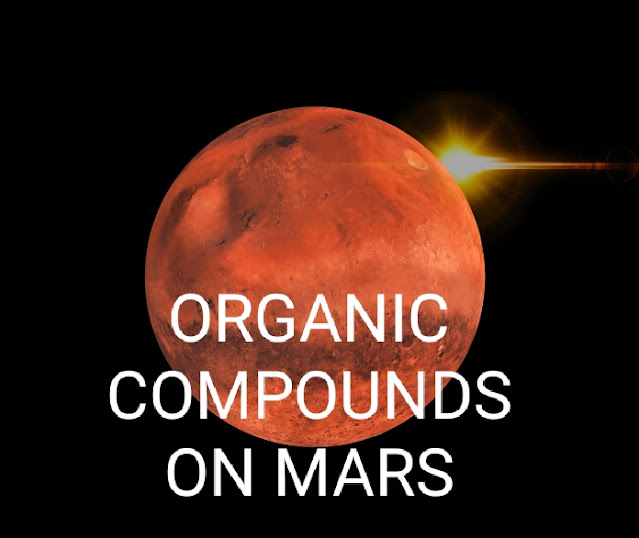HOW SATELLITE LAUNCH VEHICLE WORKS?
Launch Vehicle is a good illustration of Newton's third law of motion, "For every action, there is equal and opposite reaction. " In case of a launch vehicle the "action" is the flow out the rear of the vehicle of exhaust gases produced by the combustion of the vehicle's fuel in its rocket engine, and the "reaction" is the pressure, called thrust, applied to the internal structure of the launch vehicle that pushes it in the direction opposite to the exhaust flow. Unlike jet engines, which operate on the same action-reaction principle but obtain the oxygen needed for burning their fuel from the atmosphere, rockets carry with them their own oxidizing agent. In that way they can operate in the vacuum beyond the atmosphere.
The primary goal of launch vehicle designers is to maximize the vehicle's weight-lifting capability while at the same time providing and adequate level of reliability at an acceptable cost. Achieving a balance among these three factors is challenging. In order for the launch vehicle to lift off of Earth, its upward thrust must be greater than the combined weight of its spacecraft payload, the vehicle's propellants, and its structure. This puts a premium on making the vehicle's mechanical structure, fuel tanks, and rocket engines as light as possible but strong enough to withstand the forces and stresses associated with rapid acceleration through a resistant atmosphere. Most often, propellant makes up 80% or more of the total weight of a launch vehicle-spacecraft combination prior to launch.
STAGES
The first stage is the heaviest part of the vehicle and has the largest rocket engines, the largest fuel and oxidizer tanks, and the highest trust; its task is to impart the initial thrust needed to overcome Earth's gravity and thus to lift the total weight of the vehicle and its payload off of Earth. When the first-stage propellants are used up, that stage is detached from the remaining parts of the launch vehicle and falls back to earth, either into the ocean or onto sparsely populated territory. With the weight of the first stage gone, a second stage with its own rocket engines and propellants, continues to accelerate the vehicle. Most expendable launch vehicles in use today have only two or three stages, but the past up to five stages, each lighter than its predecessor, were needed to attain orbital velocity. When an upper stage has completed its mission, it either falls back to Earth's surface, enters orbit itself or most frequently, disintegrates and evaporates as it encounters atmospheric heating on its fall back towards Earth 🌎.
UPPER STAGES
All launch vehicles employ more than one stage to accelerate spacecraft to orbital velocity. The evolution of upper stages is driven by a desire to introduce more modern technology that will increase the overall lift capability of the launch vehicle, lower its costs,and increase its reliability—or a combination of these factors. Small improvements in upper stages can produce significant gains in launch vehicle performance since these stages operate only after the first stage has accelerated the vehicle to the high speed through the thickest part of the atmosphere. Various stages using solid propellants were used to carry payload from the space shuttles low Earth orbit to higher orbits. Soviet and Russian launch vehicles have used a variety of a first stages; most have used conventional kerosene as fuel.
FUEL
The fuel used to power rockets can be divided into two broad categories Colin liquid and solid. Liquid fuels can range from a widely available substance such as ordinary kerosene, which can be used at ground temperature, to liquid hydrogen, which must be maintained at the extremely low temperature of 20°K (–253°C or –423°F). Liquid hydrogen is called a a cryogenic fuel. Another type of liquid fuel, called hypergolic, ignites spontaneously on contact with an oxidizer; such fuels are usually some form of hydrazine. Hypergolic fuels are extremely toxic and thirst difficult to to handle. However, because of their reliable in nation and their ability to restarted, they are used in the first or second stages of some rockets and in other applications such as orbital maneuvering motors. During the Apollo program they were used to lift the crew compartment of the lunar module off of the Moon's surface.
In order to burn a liquid rocket fuel must be mixed in the combustion chamber of a rocket engine with and oxygen-rich substance called in oxidizer. The oxidizer usually used with both kerosene and liquid hydrogen is liquid oxygen. Oxygen must be kept at a temperature less than–183°C (–293°F) in order to remain in a liquid state. The oxidizer used with hypergolic fuel is usually nitrogen tetroxide or nitric acid. Like hypergolic fuel common the oxidizers are extremely toxic substances and so are difficult to handle.
Solid-propellant rocket motors are simple in design, in many ways resembling large fireworks. They consist of a casing filled with a rubbery mixture of solid compounds (both fuel and oxidizer) that burn at a rapid rate after ignition. The fuel is usually some organic material for powdered aluminium; the oxidizer is most often ammonium perchlorate. These are made together and are cured with a binder to form the rocket propellant.










Comments
Post a Comment